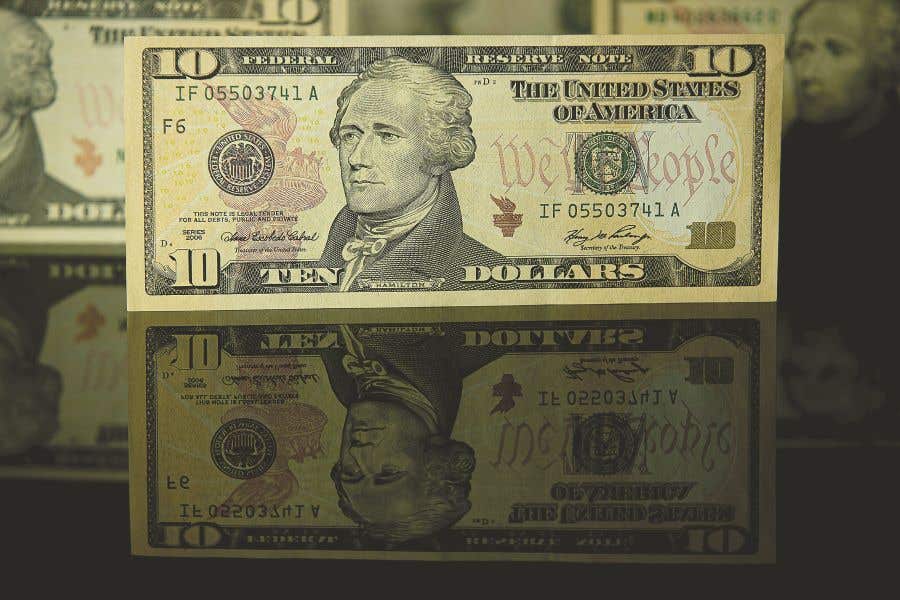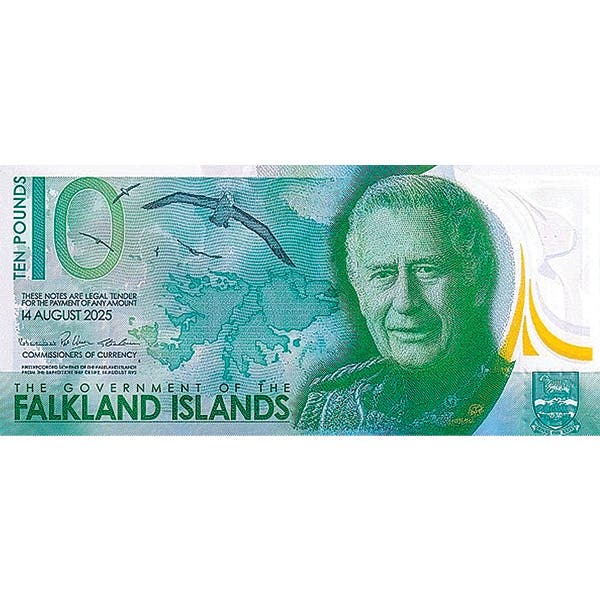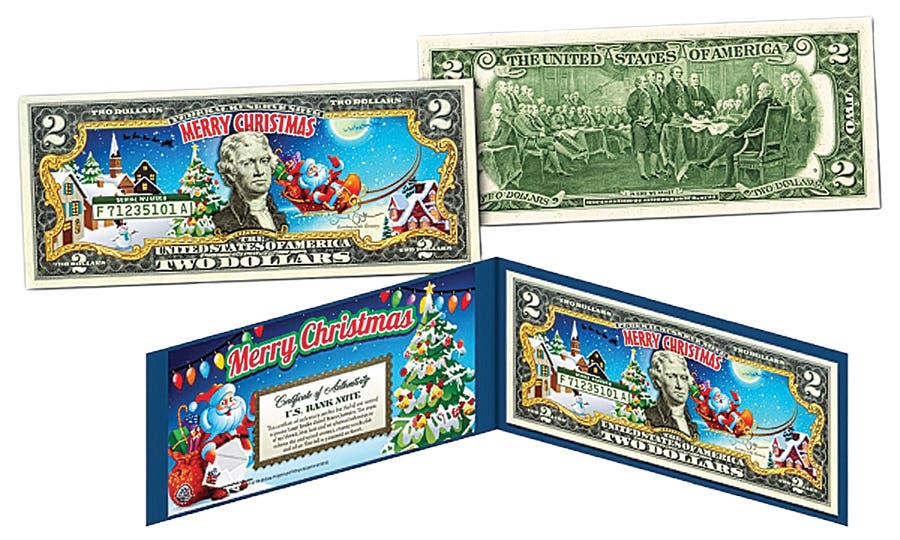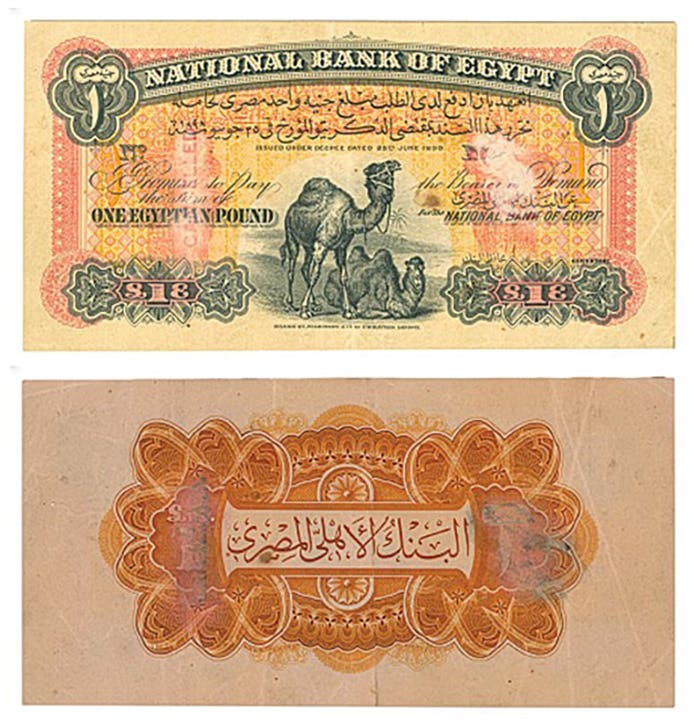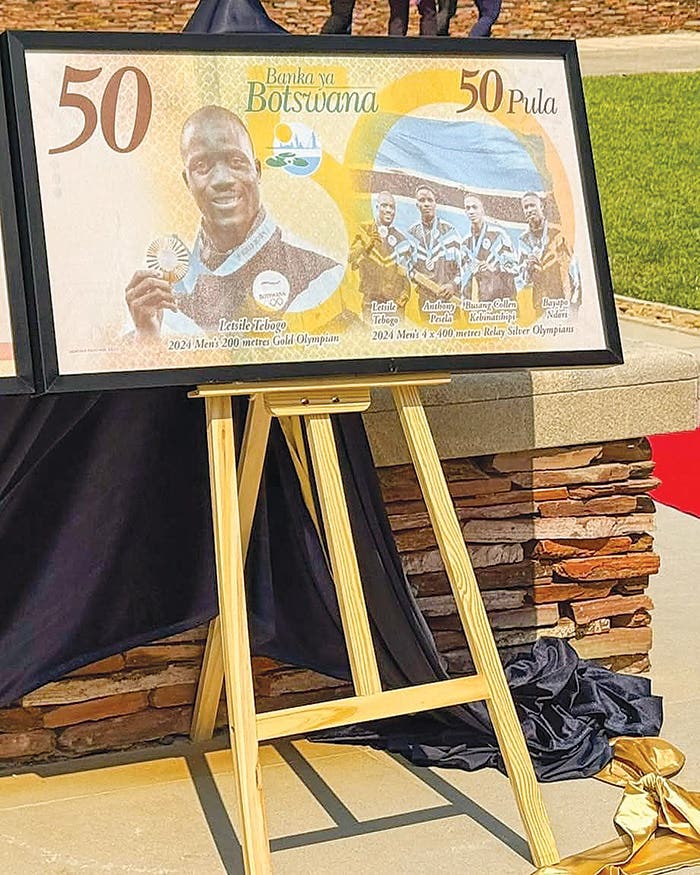Range of Bargains Available for Every Collector
The FUN SHOW offered an amazing array of Nationals, 764 and Large Size notes, 403. Values ranged from $360,000 for an 1880 $1,000 note in PMG 35 and $336,000 for…
The FUN SHOW offered an amazing array of Nationals, 764 and Large Size notes, 403. Values ranged from $360,000 for an 1880 $1,000 note in PMG 35 and $336,000 for a $100 Watermelon Treasury note. California Gold Nationals topped out with a $192,000 $50 from a San Francisco First National Gold Bank charter 1160. Regular Nationals were topped by a $168,000 “Walla Walla’’ Washington $5 1875 Territorial Charter 2380 in PMG 30 EPQ. Two other Nationals registered $144,000 each for a $10 Plain Back in PMG 12 from the First National Bank of Puerto Rico, charter 6484 and a $100 1875 Philadelphia Charter number 1 in PMG 35. Fractional notes were underrepresented at FUN with only 11 notes, but the notes that were present were spectacular. A 25 cent perforated note, FR. 1282 brough $3,360 in PMG 65. A 15 cent Fr.1273 Specimen in PMG64 realized $6,000. A Lincoln 50 cent in PMG64 brought $5,520, and a .50 PCGS in 67 garnered $2,880.
In the Encased Postage genre, a 12 cent Ayer’s Large Sarsaparilla in XF sold for $31,200, a 24 cent Bates Fancy Goods in AU made $24,000, a 90 cent Burnetts Cooking Extract in XF went for $19,200 while another 90 cent Gault brought $16,800. Small Size notes were also limited, but high grade 1928 Silver $1s were very strong, as were Number one notes, contrary to my comments last month, at which several readers let me know. Instead of saying that No. ones brough around $1,500 I should have adopted Auctioneers language and said $1,500 and up. The quite rare 1928 B $2 star in PMG 15 condition sold for $9,900, as one of 8 known. A 1928E $2 star in 64 scored $26,400. One of my favorite notes, a 1935 $1 Mule star in 64 only made $3,120 in contrast to $5,000 a while back and a high water mark of $8,000 in the pre-recession era of 2008. Large Size notes did well, as mentioned earlier in this column, but only in strong conditions and not when plagued by pin holes, minor repairs on not in PMG/PCGS holders that withheld the EPQ or PPQ descriptions. Gold notes showed strength and the cancelled $10,000 gold notes of the Fr.1225 group also showed strength in higher conditions. High denomination 1928 Gold certificates were also strong. Last issue I discussed Mules in some depth. I neglected to discuss Large Size Mules. Mules in this area generally occur in long running issues such as $1 Black Eagles, $5 Indian Chiefs, and $10 Buffalos. Because these backs as well as new face plates with new signature combinations extend over a long period, new plates for reverses are also produced. Basically, Mules are face and back plates that are not produced for the same issue. Rather, they are older back plates matched with newer issues because they are still usable. The new back plates sometimes have different locations for plate numbers than the older plates. When different issue plates are mixed, Mules occur. They have the same ½ millimeter sized numbering, bur, they are just located in a different spot than is called for by the newer face plate they are married with. Email me at billbrandimore@charter.net




